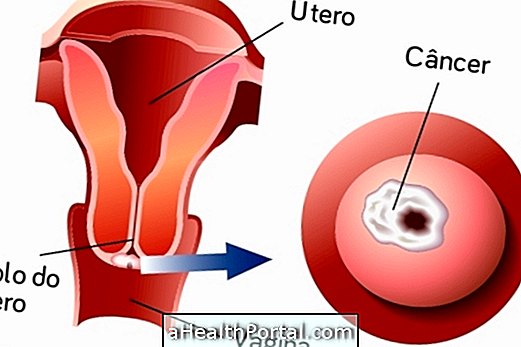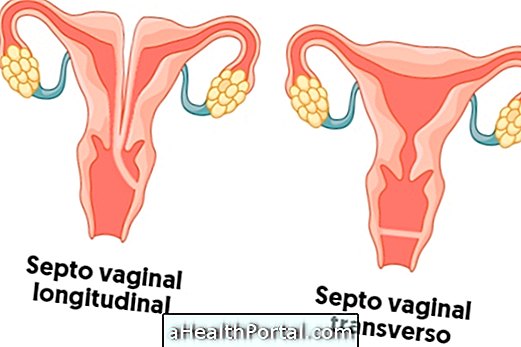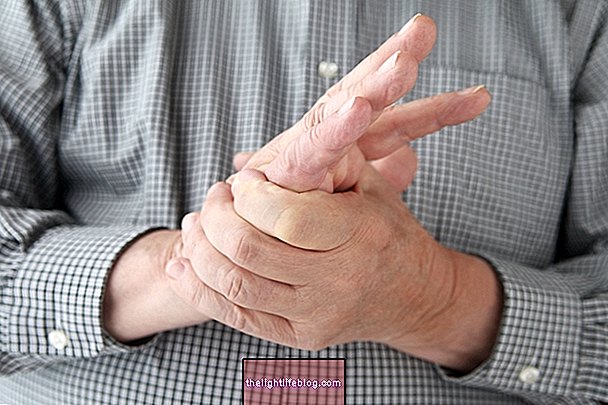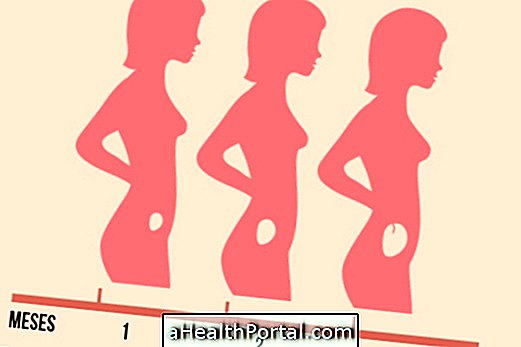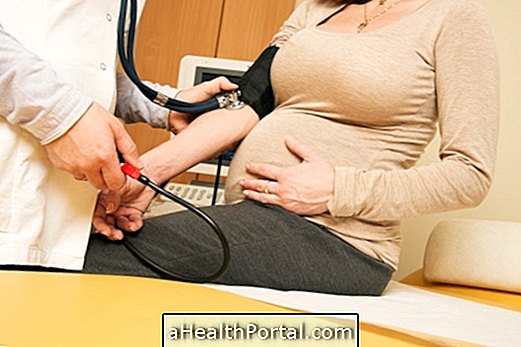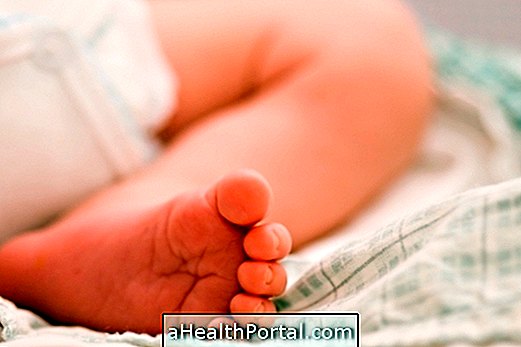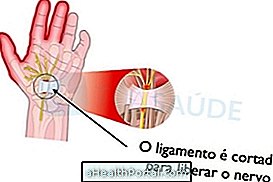Bladder endometriosis is a disease in which endometrial tissue grows outside the uterus, in this specific case, in the walls of the bladder. However, unlike what happens in the uterus, when this tissue is eliminated during menstruation, the endometrium on the walls of the bladder has nowhere to go, generating symptoms such as bladder pain, burning during urination or frequent urination, especially during menstruation.
The occurrence of endometriosis in the urinary tract is rare, being found in 0.5% to 2% of all cases and usually occurs in women of childbearing age.
Endometriosis in the bladder has no cure, however, treatment with surgery or hormonal remedies may help relieve the symptoms, especially in women with very intense manifestations of the disease.

Main symptoms
The symptoms of endometriosis in the bladder are unspecific, often being confused with the pains of the menstrual period. They include:
- Discomfort when urinating;
- Pain in the pelvic region, in the kidneys or in the region of the bladder, which worsens with menstruation;
- Painful sexual intercourse;
- Frequent trips to the bathroom to urinate;
- Presence of pus or blood in the urine, especially during menstruation;
- Excessive tiredness;
- Persistent fever below 38 ° C.
When these symptoms are present, but no urinary tract infections are identified, the doctor may be suspicious of endometriosis, so exams such as laparoscopy can be ordered to look for the endometrial tissue in the bladder walls, confirming the diagnosis.
Check out 7 other symptoms that you may be having endometriosis.
How to confirm the diagnosis
Laparoscopy for endometriosis in the bladder is a test used to diagnose the disease, where the pelvic organs, including the bladder and ureters, are observed for implants, nodules or adhesions caused by endometriosis.
However, prior to this exam, your doctor may try to identify some alteration through less invasive examination such as pelvic ultrasound or magnetic resonance imaging, for example.
How to treat endometriosis in the bladder
Treatment for endometriosis in the bladder depends on the age, desire to have children, severity of symptoms and severity of the lesions. However, the most used conduits are:
- Hormone therapy, with pill-like remedies, that decrease endometrial production in the bladder;
- Surgery for total or partial removal of the bladder, and it may or may not be necessary to remove one or both of the ovaries;
- Both treatments depend on the severity of the disease.
The consequences of endometriosis in the bladder when not treated properly are the occurrence of more serious urinary problems in the future, such as obstruction or urinary incontinence.
Can endometriosis in the bladder cause infertility?
Generally, bladder endometriosis does not affect a woman's fertility, but since there is an increased risk of having endometriosis on the ovaries, some women may have a greater difficulty in becoming pregnant, but it is only related to changes in the ovaries. Learn more about this type of endometriosis.


